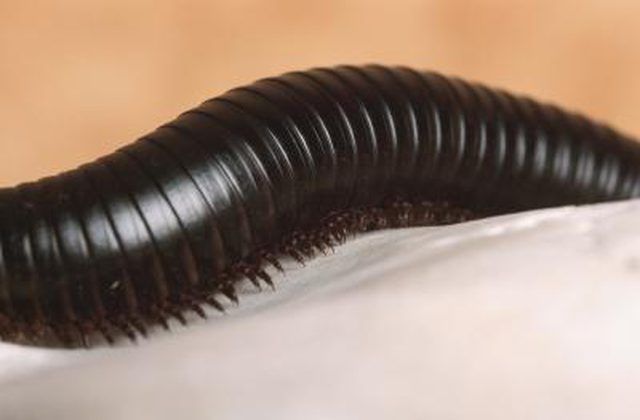Bulbs
Flower Basics
Flower Beds & Specialty Gardens
Flower Garden
Garden Furniture
Garden Gnomes
Garden Seeds
Garden Sheds
Garden Statues
Garden Tools & Supplies
Gardening Basics
Green & Organic
Groundcovers & Vines
Growing Annuals
Growing Basil
Growing Beans
Growing Berries
Growing Blueberries
Growing Cactus
Growing Corn
Growing Cotton
Growing Edibles
Growing Flowers
Growing Garlic
Growing Grapes
Growing Grass
Growing Herbs
Growing Jasmine
Growing Mint
Growing Mushrooms
Orchids
Growing Peanuts
Growing Perennials
Growing Plants
Growing Rosemary
Growing Roses
Growing Strawberries
Growing Sunflowers
Growing Thyme
Growing Tomatoes
Growing Tulips
Growing Vegetables
Herb Basics
Herb Garden
Indoor Growing
Landscaping Basics
Landscaping Patios
Landscaping Plants
Landscaping Shrubs
Landscaping Trees
Landscaping Walks & Pathways
Lawn Basics
Lawn Maintenance
Lawn Mowers
Lawn Ornaments
Lawn Planting
Lawn Tools
Outdoor Growing
Overall Landscape Planning
Pests, Weeds & Problems
Plant Basics
Rock Garden
Rose Garden
Shrubs
Soil
Specialty Gardens
Trees
Vegetable Garden
Yard Maintenance
How to Get Rid of Millipedes in Soil
How to Get Rid of Millipedes in Soil. Millipedes have elongated segmented bodies, about 1 to 1 1/2 inches in length. They have one pair of legs attached at each segment. They are normally considered as pests. While millipedes do not bite, they exude a fluid that can result in skin irritation. If you notice these arthropods in your garden soil, you...

Millipedes have elongated segmented bodies, about 1 to 1 1/2 inches in length. They have one pair of legs attached at each segment. They are normally considered as pests. While millipedes do not bite, they exude a fluid that can result in skin irritation. If you notice these arthropods in your garden soil, you do not need to call a pest exterminator. You can get rid of them on your own using some simple methods.
Things You'll Need
Lawn mower
Insecticide spray
Outdoor insecticide
Insecticide baits
Gloves
Mask
Use a lawn mower to mow the lawn short. This will allow the grass to get dry faster and prevent retention of moisture, making your lawn and soil less attractive to millipedes. Dethatch the lawn in early fall.
Get rid of decaying leaves and wood, compost heaps and mulch from your garden which provide a food source as well as a place to hide. This is especially true for areas close to the foundation of the house, as millipedes can make their way indoors using small crevices. Stack firewood on an elevated platform, so that it does not come in contact with the soil. Millipedes can hide in the bark of the firewood.
Use an insecticide spray directly on the millipede whenever you see one walking in your garden or backyard. Get an insecticide with pyrethrin as the active ingredient.
Apply outdoor insecticide, especially formulated to exterminate millipedes, in your garden in spring and/or early fall. Insecticides, containing bifenthrin, cyfluthrin, deltamethrin and permathrin are best suited to get rid of millipedes outdoors. Use this insecticide for the soil around the house in a 1- to 2-foot wide band.
Use pesticide baits in the form of pellets or flakes if millipedes are overrunning the soil in your vegetable patch. Ensure that the product label specifically states that the pesticide can be used close to vegetables and is specifically formulated to target millipedes.
Tips & Warnings
Allow the soil to dry up before watering your lawn or garden, as millipedes thrive in dark and damp areas.
Follow safety measures when using insecticides. Put on gloves and mask before applying the insecticide. Keep the insecticides out of reach of children and pets.
Do not spray insecticide on firewood, as the wood will produce poisonous fumes when burned.